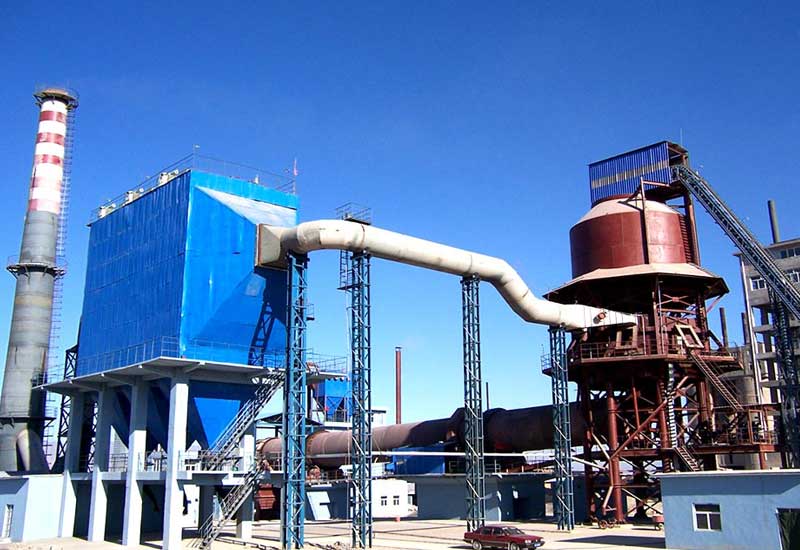



600tpd Rotary Kiln Project
lime clinker
Qindao, China
Lime is a kind of Air hardening inorganic binding materials that is mainly composed of calcium oxide, it can be seen everywhere, and plays a role in many areas. Lime rotary kiln production line is relatively mature in dealing with lime production line, especially for granular limestone, with advantages of even heating and high activity. A client from Shandong Qingdao chose to buy 600 tons lime rotary kiln production line from LVSSN CEMENT.
This project requires some cement making machine, such as a rotary kiln, cyclone preheater, vibrating feeder, belt conveyor, vibrating screen, clinker cooler, and etc.
First, the limestone (20-40mm) meeting the granularity requirements is sent from the mining area to the processing and production area, and then the material is sent to the discharging silo by the vibrating feeder through the belt conveyor. After sieving, the material with the granularity of more than 10mm and less than 10mm is sent to the gravel bin and powder bin respectively. Finally, the qualified raw limestone material is put into the preheater to complete preheating and precalcining, and then the next step can be carried out.
While the material is in the preheater, the high-temperature flue gas from the rotary kiln preheats the material to 600-800 degrees Celsius, which causes partial decomposition of limestone, which is more conducive to the high efficiency of the calcining process. Rotary kiln has now become the main equipment of the lime calcining process. Limestone is fed into the kiln barrel from the end of the kiln. Raw materials are decomposed and burned in the kiln, and then discharged from the bottom.
After calcining the limestone in the rotary kiln, the next step is cooling. The material is cooled to 65 degrees Celsius by the cold air blown in by the fan and expelled from the cooler. After the finished lime is discharged, it is transported to the top of the silo by the bucket elevator, and then the material is sifted into different sizes and stored in different silos by the sieving machine.
Conduct in-depth cooperation with more than 500 foreign buyers, and maintains long-term cooperation with more than 1,000 domestic advanced manufacturing suppliers.








Write a Message